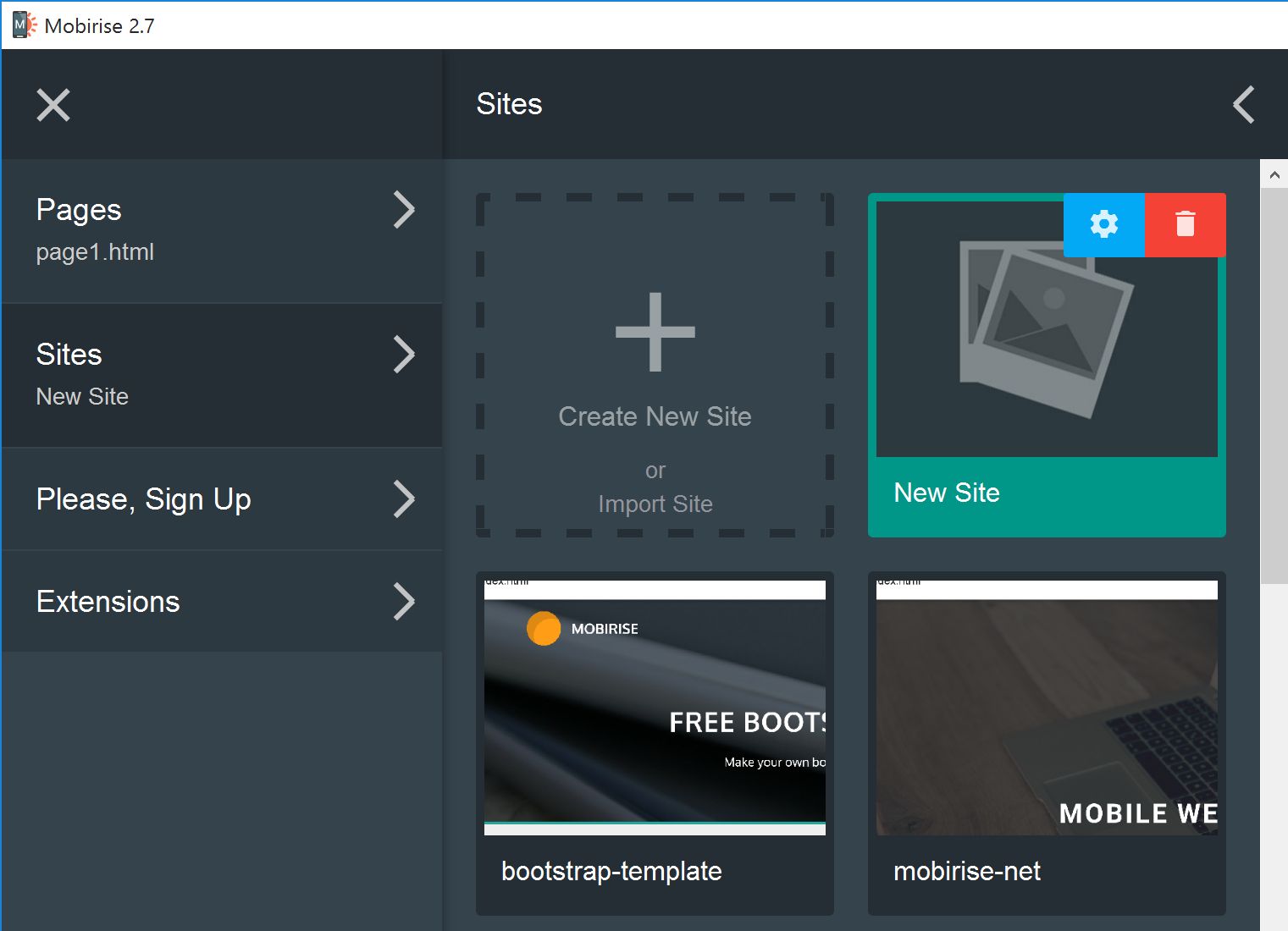

This grid can rearrange the layout according to the device/window size and format. This provides a paragraph system that allows you to position components within a responsive grid. All four preview containers are in a container labelled “flex flex-wrap”.AEM allows you to have a responsive layout for your pages by using the Layout Container component. For each preview container we define the classes “w-100 w-50-m w-25-l”. Here’s an example implementation with classes from the responsive CSS framework Tachyons. Each element takes up 100% of the available space.

The layout thus needs to be different on mobile devices, with the sidebar appearing below the articles. On a mobile device, the sidebar would take up almost half of the screen. In the desktop version, the sidebar limits the width of the articles, making the page easier to read. The sidebar contains links to other articles with small thumbnails. Imagine a website for a blog, in which there is a sidebar next to the articles.On the desktop, the heading should be displayed larger to catch the eye of the visitor. However, in the desktop version, the same heading in the same font size doesn’t stand out at all. Imagine that a heading fills the entire screen on a mobile device.Let’s look at two examples for the importance of responsive design to user experience: Visitors should have a positive experience when visiting your website.

A good design reflects the identity of the organization behind the website and helps to connect the user to your brand. In addition to smartphones and tablets, large high-resolution monitors have also come on to the market, meaning that a modern website needs to work on screens with widths ranging from 320 pixels to over 4,000 pixels.Ī website’s design plays a large role in how visitors perceive the information presented on the site. And these devices are of course navigated using one’s finger rather than a mouse. Pixel dimensions now play an important role, and physical resolution (pixels per inch or ppi) also came into focus with the arrival of retina screens. Smartphone and tablet screens differ from desktops in several respects. This changed with the arrival of mobile devices and the significant diversification of end devices. On larger screens, there might be some extra white space, but the pages were easy to read on every device. A popular approach was to display pages as 800 pixels wide and centered or left-justified. The simplest solution was to limit the width of a page to the smallest common denominator. Both types of devices had a keyboard, either a mouse or trackpad, and a screen with a width of 1,000-2,000 pixels.īack then, it didn’t require any special effort to develop a website that would be properly displayed on any device. Before the arrival of the mobile web, the landscape of internet-enabled end devices was relatively homogenous: There were laptops and desktop computers, which were very similar with respect to input and output media.


 0 kommentar(er)
0 kommentar(er)
